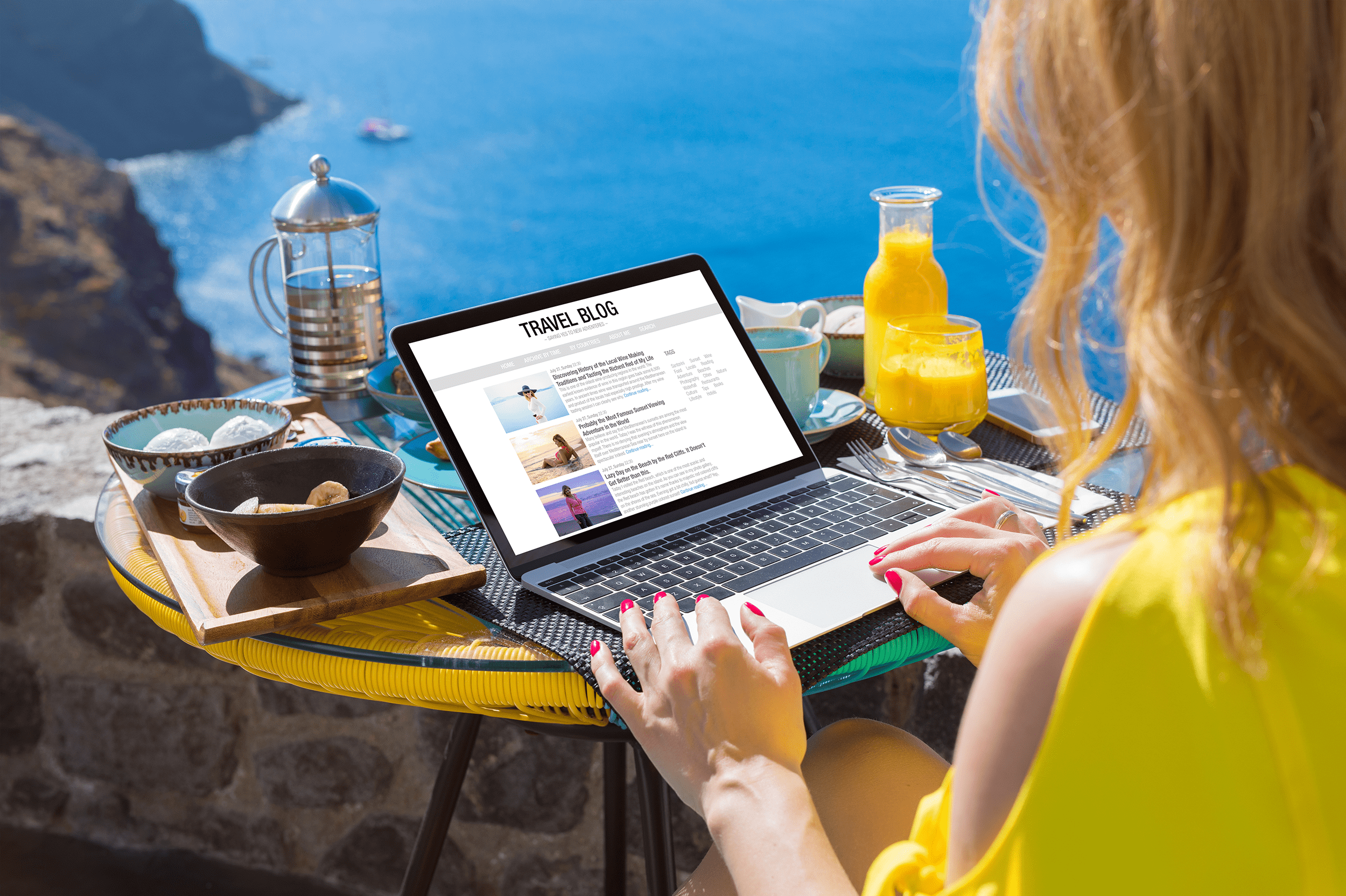A “conversion rate” is the percentage of prospects who take the desired action after reading your sales page or other content.
It normally applies to:
- Converting prospects into customers: the conversion rate of a sales page is the percentage of people who actually buy, after visiting the page.
- Converting prospects into leads: with a landing page for your email newsletter, your conversion rate is the number of people who sign up (by entering their email address).

Conversion rates aren’t just for webpages, of course. If you advertise on social media, you’ll want to track your conversion rate, too. You could also track the conversion rate of a print or TV advertisement – though it would be trickier to track how many people viewed it.
What’s a good conversion rate?
If you’ve been tracking your conversion rates, then you might be curious about what’s a “good” rate: what should you be aiming for?
This varies a lot from industry to industry, but a typical median (average) conversion rate is considered to be around 3 – 5.5% for sales pages.
(Note that some studies would suggest this is on the high side: in 2017, one study suggested that 1.56% was typical, though there was a lot of variation by industry.)
Conversion rates for email list sign-ups are typically much higher: one study suggested 36.2% was average (though some sites saw a much higher conversion rate).
Ultimately, though, it doesn’t really matter what a “good” conversion rate is: you can always aim to improve.
Tips for improving your conversion rate

There are plenty of ways you can tweak and improve your landing page to increase your conversion rate. If possible, use A/B testing to see whether your changes are effective.
#1: Make purchasing as easy as possible
One reason why people don’t complete purchase or sign-up forms is because the process takes too long.
For instance, they may not want to have to create an account, enter a password, confirm their email address, and only then get to order … especially if they don’t anticipate ordering from you again.
Aim to make the check-out process as easy and frictionless as possible. You might allow customers to sign up using their existing Google or Facebook account, for instance, or you might implement a “guest” checkout for customers who prefer not to register.
#2: Don’t ask for unnecessary information
Are you asking for information that you don’t need? This particularly applies to email list signups, though it’s also relevant for customers who are purchasing from you.
With email sign-ups, ideally, ask for at most a first name and an email address. (If you won’t be personalizing emails, just ask for an email address).
Don’t ask for a last name or a phone number if you’re never going to use them. As well as taking up your prospect’s time, some people may have privacy concerns about entering these just to join an email list.
#3: Try different calls to action

Will more people purchase your online planner if your button text prompts them to “Buy Now” or “Download Now”? There’s not necessarily a right or wrong answer here – though a lot of marketers would make the case for “Download Now”.
Try different calls to action on your sales page – and see which result in the most sales. Even small tweaks like this can make a difference.
You might even want to try changing the color of your buttons: perhaps that neutral blue doesn’t “pop” enough, but orange would catch your prospects’ eyes and encourage them to click.
#4: Include testimonials or reviews
One great way to boost trust (and hence sales) is to include testimonials or reviews from satisfied customers.
Prospects who read a review could be 58% more likely to convert. If you aren’t yet using any reviews or testimonials on your site, adding even a couple could make a big difference.
There are a lot of different types of testimonials out there, and you don’t necessarily need to go out and solicit quotes from your customers: other types, like quotes from influencers, or screenshots of social media testimonials, can be hugely effective.
#5: Include a button above the fold

Do your prospects have to scroll way down your sales page in order to actually make a purchase? While some people will need all the details, others will already be familiar with what you’re offering – or they’ll know from a quick glance that it’s exactly what they need.
Make it easy for these people to buy! Put a button near the top of your sales page (ideally above the fold) so that prospects and previous customers can buy easily and quickly.
#6: Add a money-back guarantee
If possible – and it usually will be! – add a money-back guarantee. This makes it much less risky for people to buy (especially if you’re selling a high-priced product or service), and can also increase their trust in you.
You might be concerned about people misusing the guarantee, especially if you sell something that can’t really be “returned” (such as a digital download). You’ll almost certainly find, though, that the number of returns is much lower than the number of additional sales.
#7: Include key trust signals
Does your sales page prompt people to trust you? Include key trust signals: these could be trust badges or certificates (that let prospects know your site is secure and safe to purchase from), but can also include things like clear contact information.
Install social media follow buttons on your website so your visitors can easily find your social media profiles and read customer reviews on Facebook and feedback from customers across other sites like Instagram, Twitter, and more. When they see that you’re actively engaged with your followers and readily respond to customer questions and concerns, they’re more likely to view your brand as one they can trust.
If you’re trying to increase the conversion rate of an email list landing page, then make sure you’ve included reassurance that you won’t ever share people’s email addresses – or even a link to your privacy policy.
If your conversion rate is low, don’t despair – and if it’s high, don’t get too complacent. A few simple tweaks could dramatically improve your conversion rate and skyrocket your sales.
Whether you’re trying to improve your conversion rate on your landing pages, social media ads, or somewhere else, building a strong brand following enhances brand recognition – in turn helping to improve your conversion rate. Install our Facebook follow button to start growing your Facebook audience today.




